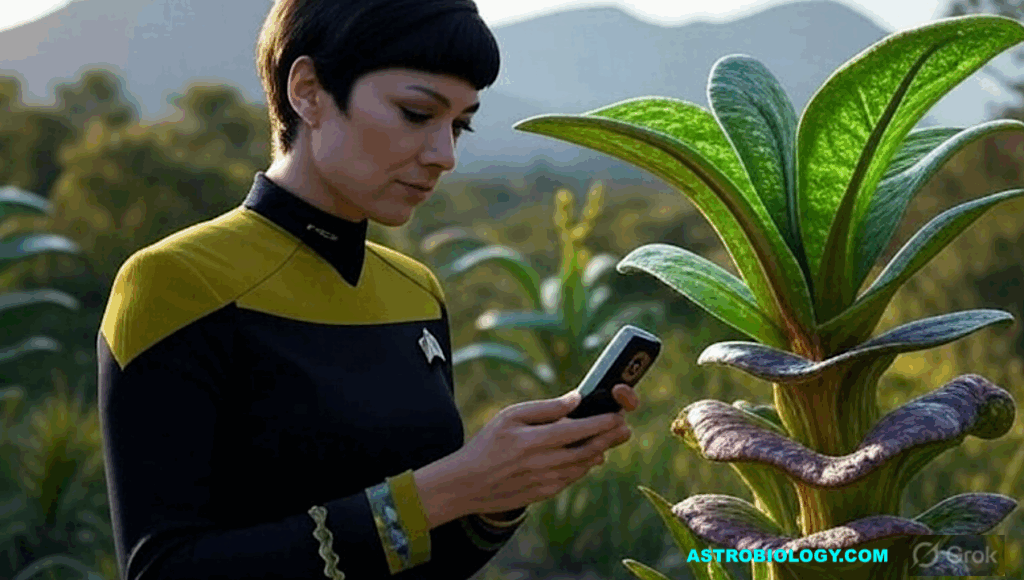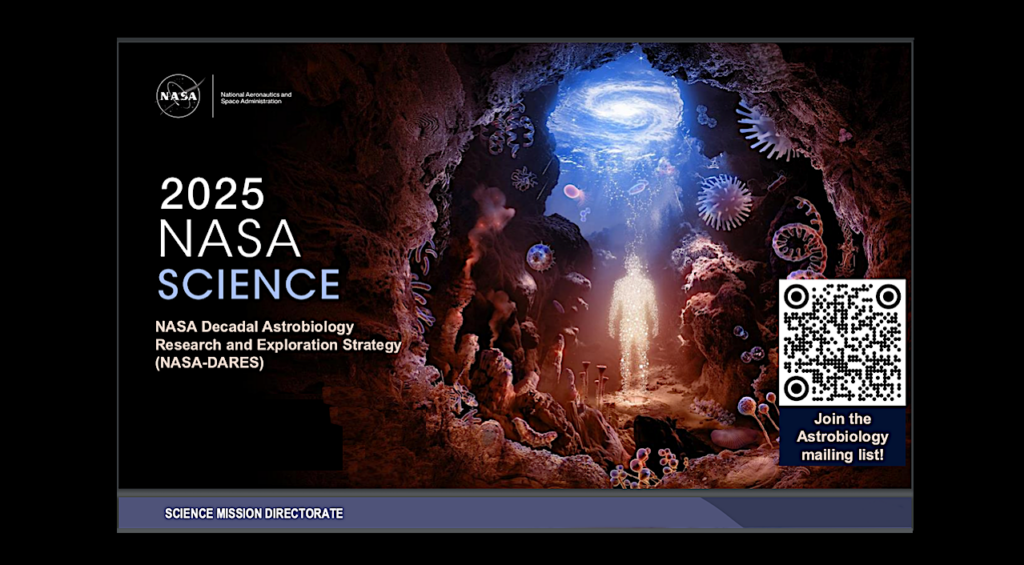Breakthrough Discuss Opens with Lively Sessions Dedicated to the Search for Planets and Life in Our Cosmic Neighborhood

The first day of Breakthrough Discuss 2017 explored planets around nearby stars and their potential for life. Charles Alcock opened the conference with the statement that, “The far-fetched ideas of today are the discoveries of tomorrow,” and Peter Michelson emphasized that the last century of scientific investigation has transformed questions about origins from the realm of metaphysics to a place where they can be investigated observationally.
Three of the participants – exoplanet hunters extraordinaires Guillem Anglada-Escudé, Natalie Batalha, and Michaël Gillon – were recognized at the start of the program for making the 2017 TIME 100, TIME magazine’s distinguished list of the world’s most influential people. Anglada- Escudé served as the keynote speaker on Thursday, and Gillon will serve as the keynote speaker on Friday.
Speakers in the first session described the state of the art in observations of planets around nearby stars. Getting pictures of planets is difficult, and most are found using indirect methods. These methods have shown that most stars have planets in short-period orbits, and since most stars in the Galaxy are red dwarfs, these provide promising targets when searching for habitable worlds. Many planets around these stars have recently been reported, including Proxima Centauri b, and LHS 1140 b and the TRAPPIST-1 system. Although red dwarfs have high X-ray and UV radiation, and planets around them are more likely to be tidally locked (with one side always in fierce daylight, and the other in cold night), they are long-lived stars, potentially allowing plenty of time for life to arise.
The difficulty of imaging planets even around nearby stars is compounded when trying to measure their colors to find indications of life. But, as Mercedes López-Morales described, telescopes that will come online in the mid-2020s will have the capability to detect “biosignatures” in exoplanet atmospheres. By looking for signatures of oxygen and methane, that are naturally destroyed over time if not replenished by such processes as living organisms, perhaps in the next 10 – 15 years we will have found another world where humans could breathe.
Zachary Berta-Thompson noted that 70 years of observations of Pluto saw it simply as a point of light, until the New Horizons probe gave us in-situ measurements of Pluto as a world in its own right. He encouraged the audience to ponder what in-situ observations of habitable zone planets around nearby M-dwarfs might be possible in seventy years’ time.
The second session focused on the search for extraterrestrial intelligence around nearby stars. Andrew Siemion described analysis of the first year of Breakthrough Listen observations of around 700 nearby stars, placing sensitive limits on the presence of engineered emission from these targets, and Danny Price discussed Listen observations of Alpha and Proxima Centauri. Shelley Wright discussed searches in the optical and near-infrared, and David Williams described a novel use of telescopes designed for gamma-ray observations to detect rapid optical flashes. Although no convincing signs of extraterrestrial intelligence have yet been found, the speakers and audience expressed optimism and enthusiasm for what would be possible with the next generation of searches.
The second and final day of the conference, to be held on Friday, April 21, will assess the significance of the newly-discovered exoplanets for the long-term Breakthrough Starshot endeavor, a program spearheaded by Yuri Milner to develop a practical interstellar space probe.
As the closest known exoplanet, Proxima b is the current primary target for Starshot, which aims to develop the technology to send gram-scale spacecraft travelling at 20 percent of the speed of light to Alpha Centauri, some 4.367 light years away. Starshot mission leaders Avi Loeb, Philip Lubin and Zac Manchester are among the distinguished participants at Breakthrough Discuss.
The conference will be broadcast on Facebook Live at www.Facebook.com/BreakthroughPrize. Viewers are encouraged to join in the conversation and submit questions, which have the opportunity to be answered by the panelists in real-time.
Start times for all sessions will also be posted on the Breakthrough Facebook page. For more information on the program, including a detailed schedule, please visit: https://breakthroughinitiatives.org/Events.
Breakthrough Discuss is hosted by Stanford University’s Department of Physics and the Harvard-Smithsonian Center for Astrophysics and sponsored by the Breakthrough Initiatives.
Breakthrough Discuss is an annual academic conference focused on life in the Universe and novel ideas for space exploration.
Breakthrough Initiatives are a suite of scientific and technological programs exploring the big questions around life in the Universe, such as, Are we alone? What are the nearest habitable planets? And can we become an interstellar civilization?
For more information see https://breakthroughinitiatives.org.
Contacts
For Breakthrough Initiatives
Rubenstein / Kristen Bothwell
212-843-9227 / [email protected]







